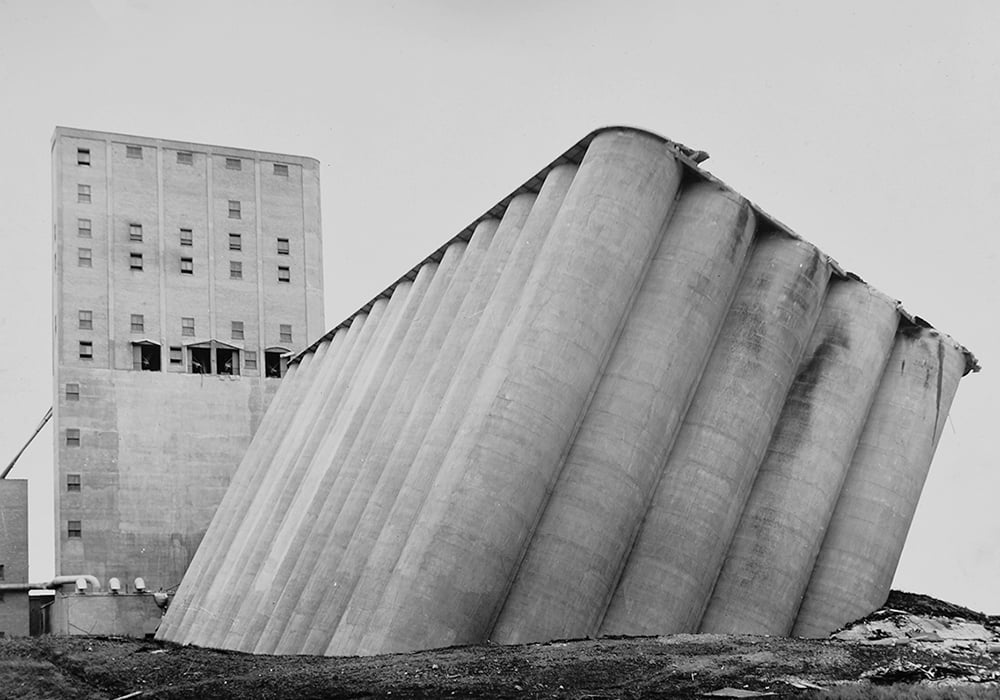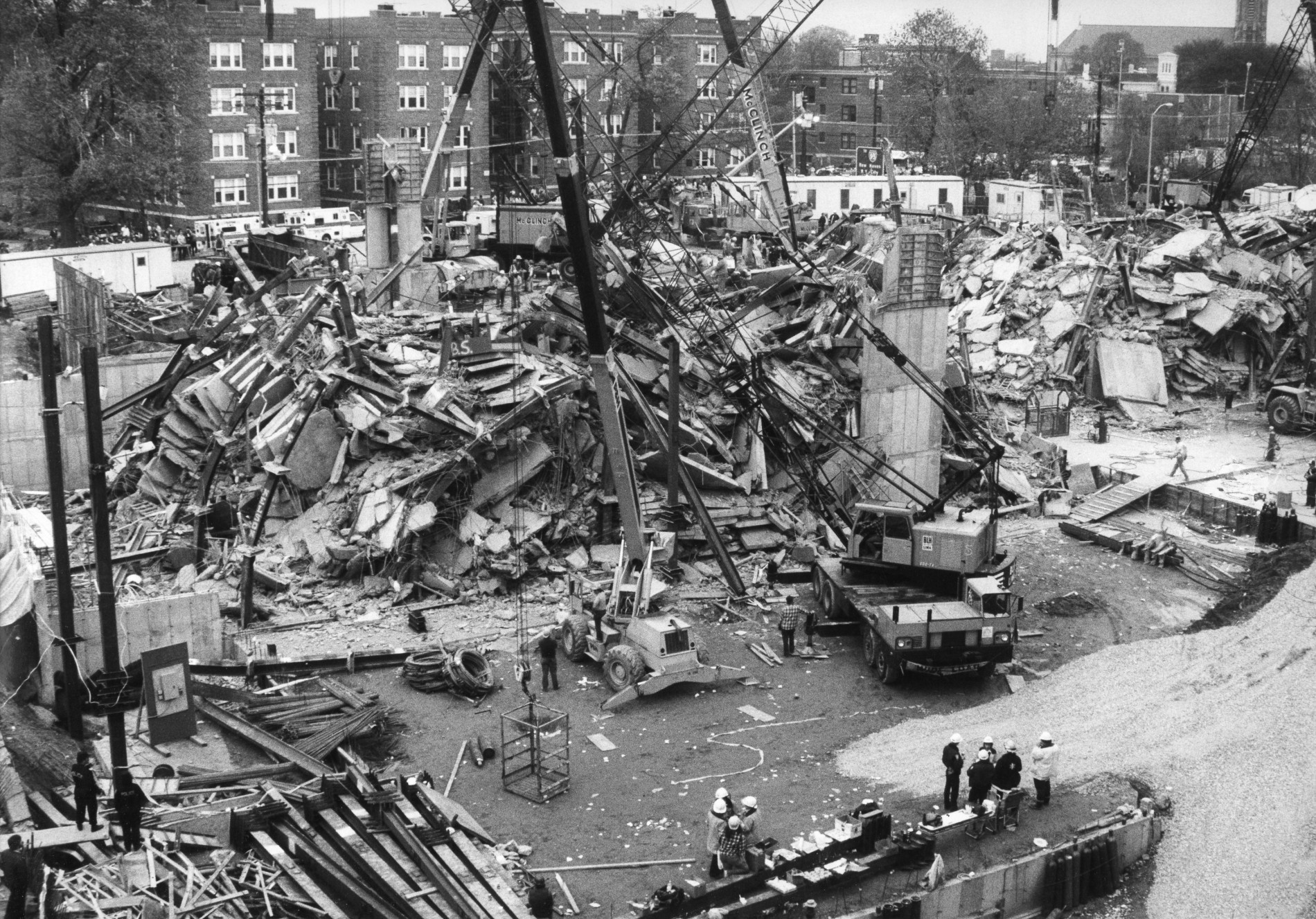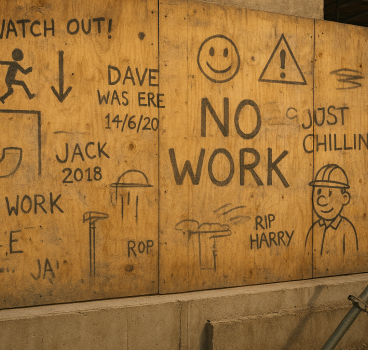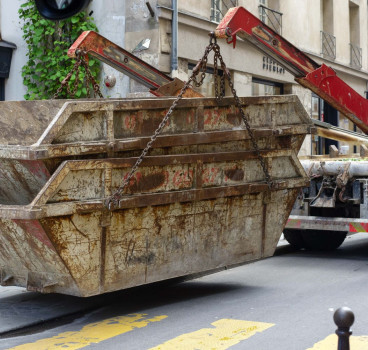How forensic engineers discover the invisible flaws in construction
Structural failures remain a persistent challenge in the built environment. However, beyond the dramatic collapses that dominate headlines, countless subtle defects and lesser-known incidents frequently occur, often escaping widespread public notice. This is when forensic engineers are called in to investigate such failures, to try to understand why these structures are suddenly compromised.
Forensic engineering started more than 150 years ago, following several major disasters. The following are just a few examples:
The Dee Bridge collapse (1847)
The mid-19th century witnessed an explosion in railway expansion across Britain, ushering in an era of engineering ambition. Robert Stephenson’s Dee Bridge, (pictured above) spanning the River Dee at Chester, epitomised this confidence. Completed in 1846, this cast-iron bridge was heralded as a marvel of its time. Yet, on May 24th, 1847, a train crossing the structure caused one of its cast-iron girders to fracture, plunging carriages into the river below and resulting in five fatalities.
The subsequent investigation into the Dee Bridge collapse marked a pivotal moment in forensic engineering. At the time, cast iron was a favoured construction material, prized for its compressive strength and ease of casting. However, its properties under tension and dynamic loading were not fully understood. Investigators found that the bridge's main girders, though appearing robust, were constructed in a manner that placed the inherently brittle cast iron under significant tensile stress, particularly when the heavy, dynamic loads of a passing train vibrated through the structure. Repeated flexing and the varying stresses from continuous train traffic led to microscopic cracks developing and propagating within the cast iron - a phenomenon now known as fatigue. The design had not adequately accounted for these cumulative effects.
The unique challenge in this early forensic examination was to decipher how a seemingly sound material could fail without immediately apparent overload. The invaluable lesson learned from the Dee Bridge disaster demonstrated that materials behave differently under static versus dynamic loads and brittle materials like cast iron are unsuitable for elements primarily subjected to tension or repeated stress cycles. This catastrophic event directly contributed to a fundamental re-evaluation of railway bridge design, spurred greater scientific understanding of material fatigue and underscored the critical need for independent engineering scrutiny of complex infrastructure projects, laying the groundwork for future safety standards that saved countless lives.
The Transcona Grain elevator (1913)

In Manitoba, Canada, the construction of the Transcona Grain Elevator in 1913 represented a feat of engineering intended to support the growing agricultural industry. Designed to store millions of bushels of grain, this enormous reinforced concrete structure stood as a testament to modern construction capabilities. However, just 24 hours after being filled to capacity for the first time, a terrifying phenomenon began as the massive elevator started to tilt dramatically, eventually sinking by over 20 degrees into the ground. While it miraculously did not topple, its severe tilt rendered it completely inoperable.
The ensuing forensic investigation quickly focused on the ground beneath the colossal structure. Initial geotechnical surveys conducted for the site had indicated seemingly stable conditions. However, a deeper, more comprehensive re-evaluation revealed a critical, previously undocumented anomaly - a highly compressible layer of weak, unconsolidated clay lying approximately 12 feet beneath the surface. This hidden geological feature, likely an ancient riverbed or glacial deposit, had gone undetected during the preliminary borehole investigations, which had inadvertently missed this localised pocket of unstable soil. As the immense weight of the fully loaded grain elevator was applied, this weak clay layer compressed unevenly, leading to the entire rigid structure sinking and tilting as a single, enormous block.
The unique challenge presented by the Transcona incident was the discovery of a significant geological surprise located deep below the surface, which only revealed its nature once the full design load was imposed. The invaluable lesson written into engineering textbooks by the Transcona Grain Elevator was the absolute necessity of conducting comprehensive, targeted geotechnical investigations across the entire footprint of a heavy structure, extending far beyond a few isolated test boreholes.
It highlighted the limitations of even seemingly thorough preliminary site surveys and underscored the vital importance of understanding subsurface variability. This event influenced the development of modern soil mechanics and foundation engineering practices, advocating for more rigorous and extensive ground characterisation to prevent similar catastrophic settlements.
L'Ambiance Plaza (1987)

On April 23rd, 1987, a catastrophic failure during the construction of the L'Ambiance Plaza apartment building in Bridgeport, Connecticut, led to one of the deadliest construction accidents in U.S. history, claiming the lives of 28 workers. The building was being erected using the "lift-slab" method, where concrete floor slabs are cast at ground level and then hydraulically lifted. It was during one of these lifting operations that a section of the 13-story structure suddenly collapsed, triggering a devastating chain reaction.
The extensive forensic investigation that followed was complex, unravelling a series of interconnected factors rather than a single flaw. It was determined that the collapse initiated at a critical connection point where a lifting jack was attached to a concrete slab. The steel "shear heads" - plates designed to transfer the immense load from the slab to the supporting columns - had insufficient embedment within the concrete. This critical construction error, a deviation from the design specifications, weakened the connection. This localised failure then triggered a progressive collapse - as the upper floors fell, their cumulative impact overwhelmed the connections on the floors below, leading to a cascading, domino-effect disintegration of the entire structure. The investigation also pointed to insufficient temporary bracing, inadequate quality control oversight and the inherent complexity of the lift-slab method itself, which left little margin for error.
The unique challenge of the L'Ambiance Plaza collapse lay in dissecting the complex interplay of minor deviations, procedural omissions and design vulnerabilities that converged to cause a total failure. The invaluable lessons from this tragedy reshaped construction safety regulations globally. It underscored the absolute criticality of rigorous quality control at every stage, from fabrication to erection, emphasising that seemingly minor construction errors can have catastrophic consequences.
The incident also led to a deeper understanding of progressive collapse mechanisms and spurred the development of more stringent requirements for temporary works design and the overall management of complex construction methodologies, cementing the principle that every connection, every temporary support, is vital to the entire structure's integrity.
These three cases, while spanning different eras and contexts, collectively illustrate a fundamental truth, that structural failures are rarely attributable to a single, isolated factor. Instead, they typically arise from a complex interplay of material limitations, unforeseen environmental conditions, human error, procedural oversights and an incomplete understanding of dynamic forces.
The critical role of the forensic engineer in these events transcends blame - it is about meticulously deconstructing each failure to extract invaluable knowledge, identify systemic vulnerabilities, and strengthen the collective understanding of engineering principles.
Every crack, every settlement, every collapse, regardless of its scale or public profile, contributes to a vast repository of lessons learned. These insights are fundamental to refining design codes, improving construction practices, advancing material science and ultimately ensuring that our built environment is progressively safer, more resilient and more enduring for generations to come. The forensic engineer’s diary is, in essence, a testament to the continuous, painstaking pursuit of perfection in an imperfect world.
Additional Articles

Is construction site graffiti a form of folk history?
Walk onto almost any construction site and you will find writing, sketches and markings that serve a purpose beyond the practical. On timber hoarding, concrete shuttering, plasterboard and steel,...
Read moreWhat construction can learn from Ant colonies about logistics and site movement
If you want to witness flawless logistics, responsive movement and coordinated planning in action, you do not need to observe a hyper-automated warehouse or a cutting-edge construction site - you...
Read more

Why everyone has a favourite skip and what it says about you
In construction, there are two universal truths – tea, of course, is essential and believe it or not, everyone - whether they are prepared to admit it - has a favourite skip. It may sound strange,...
Read more